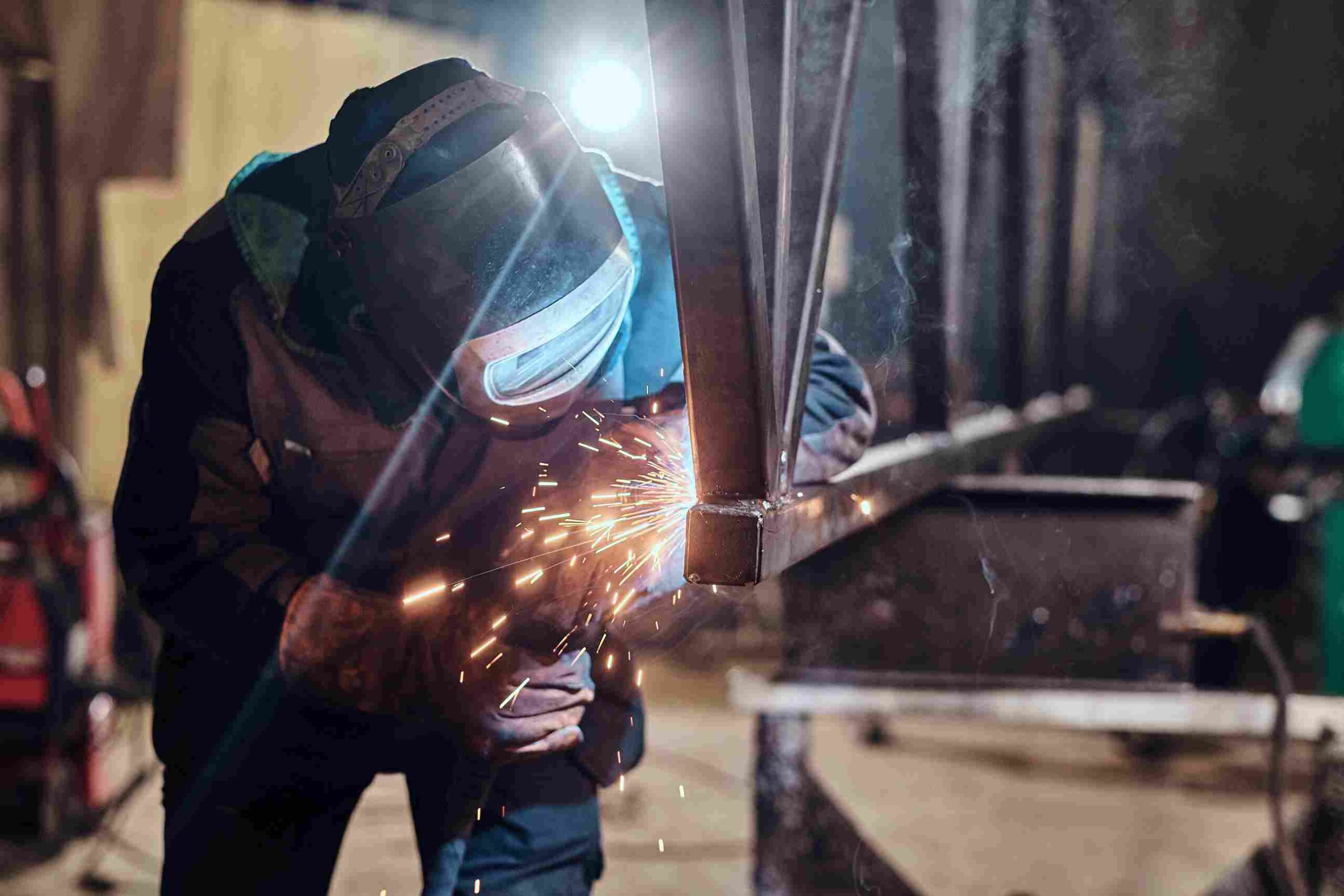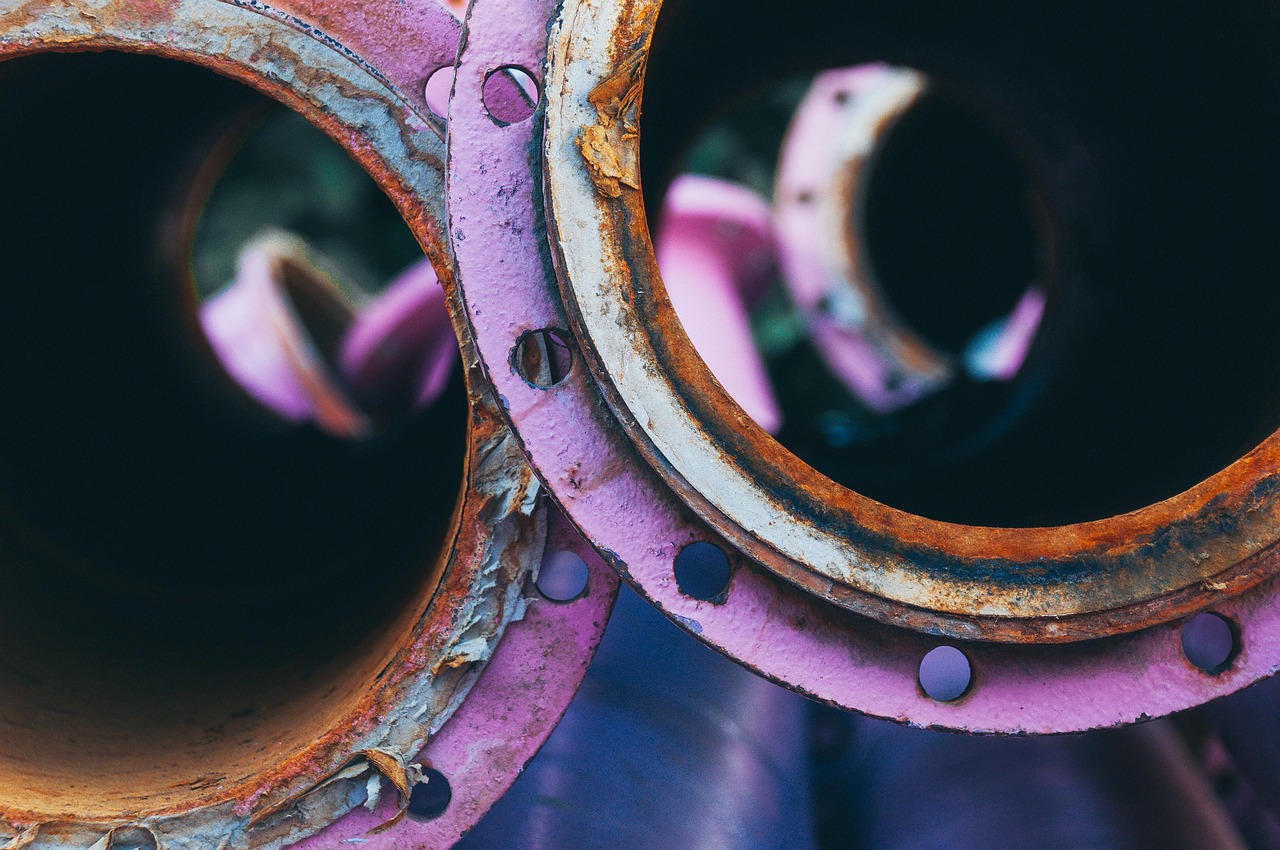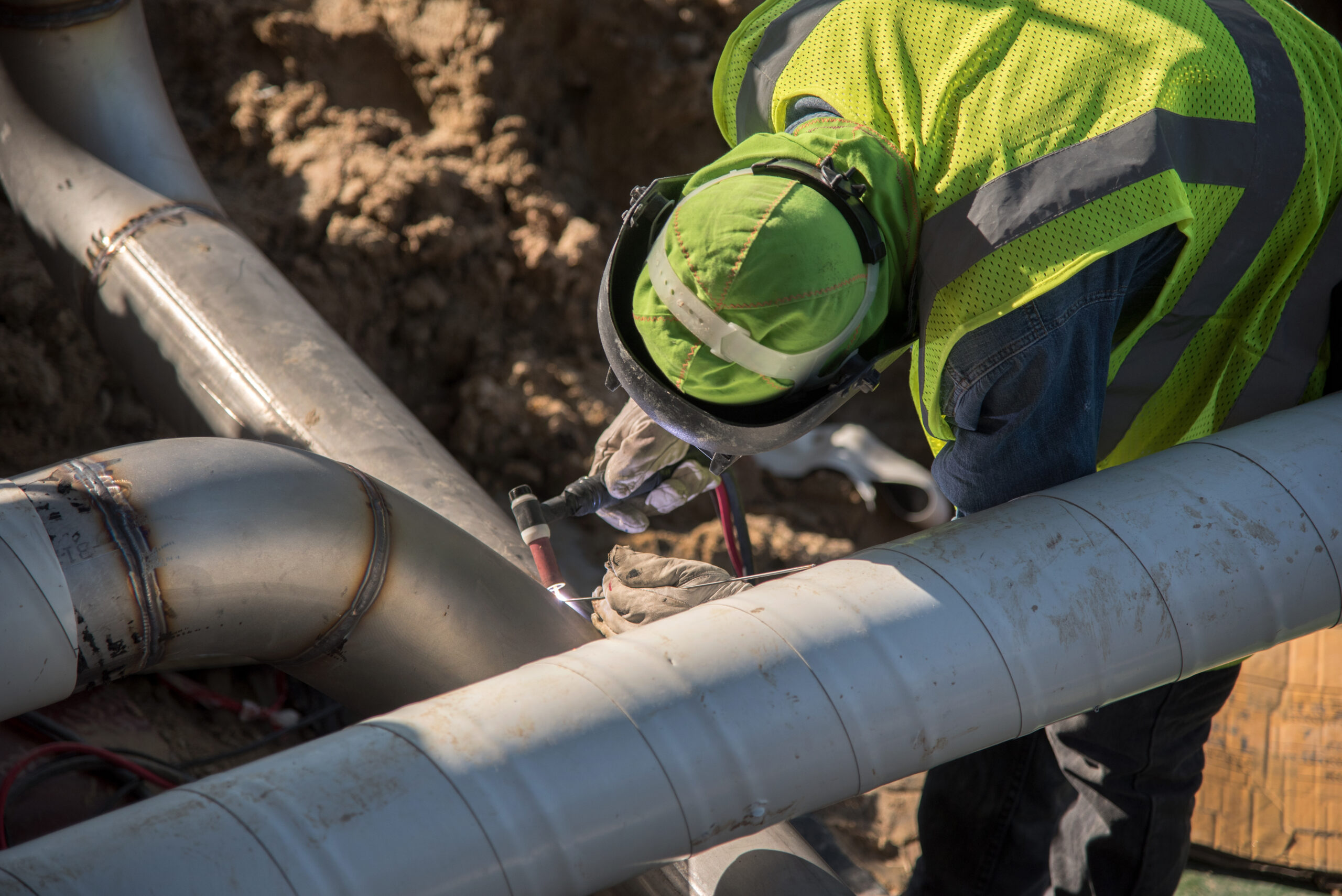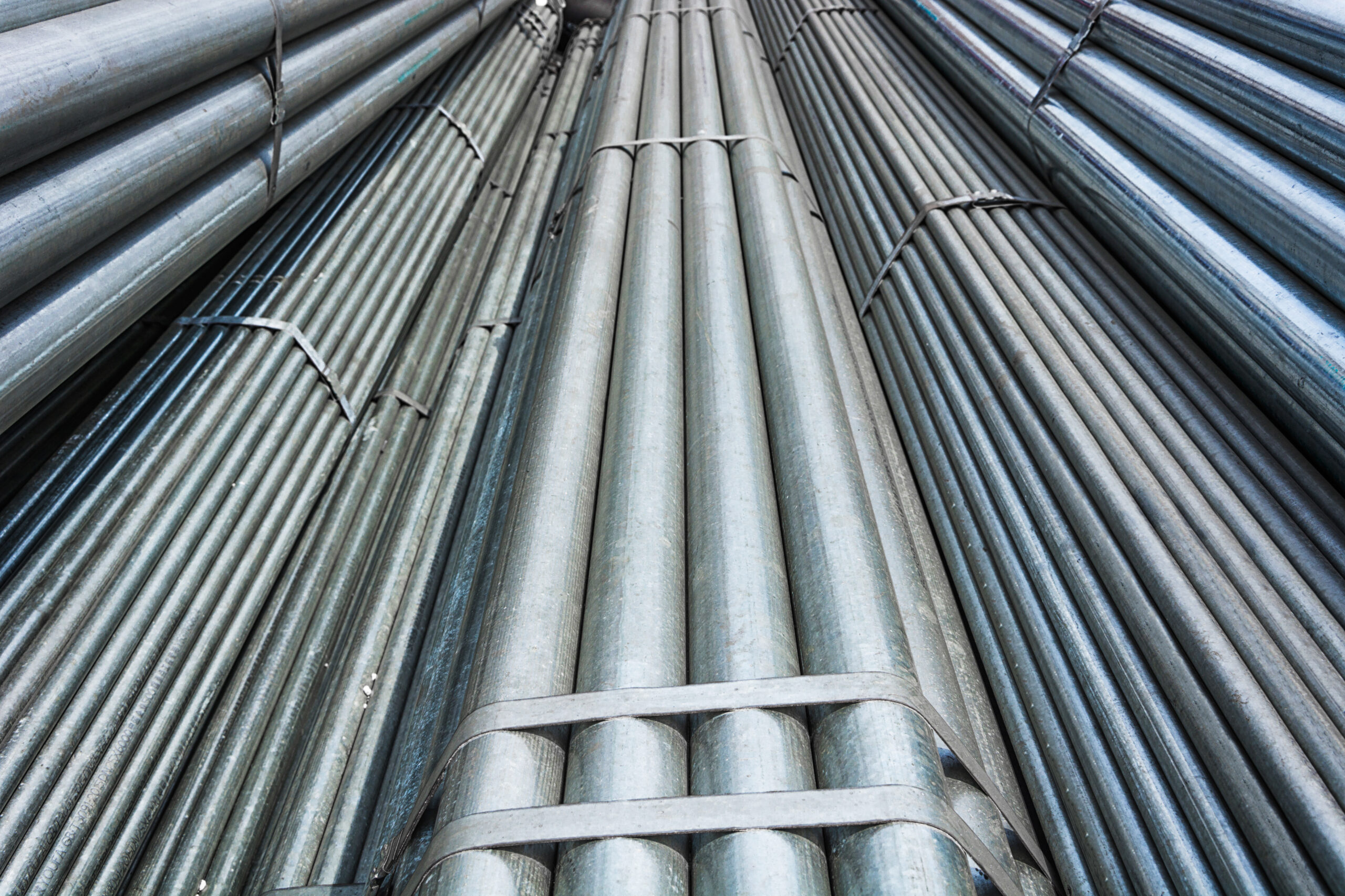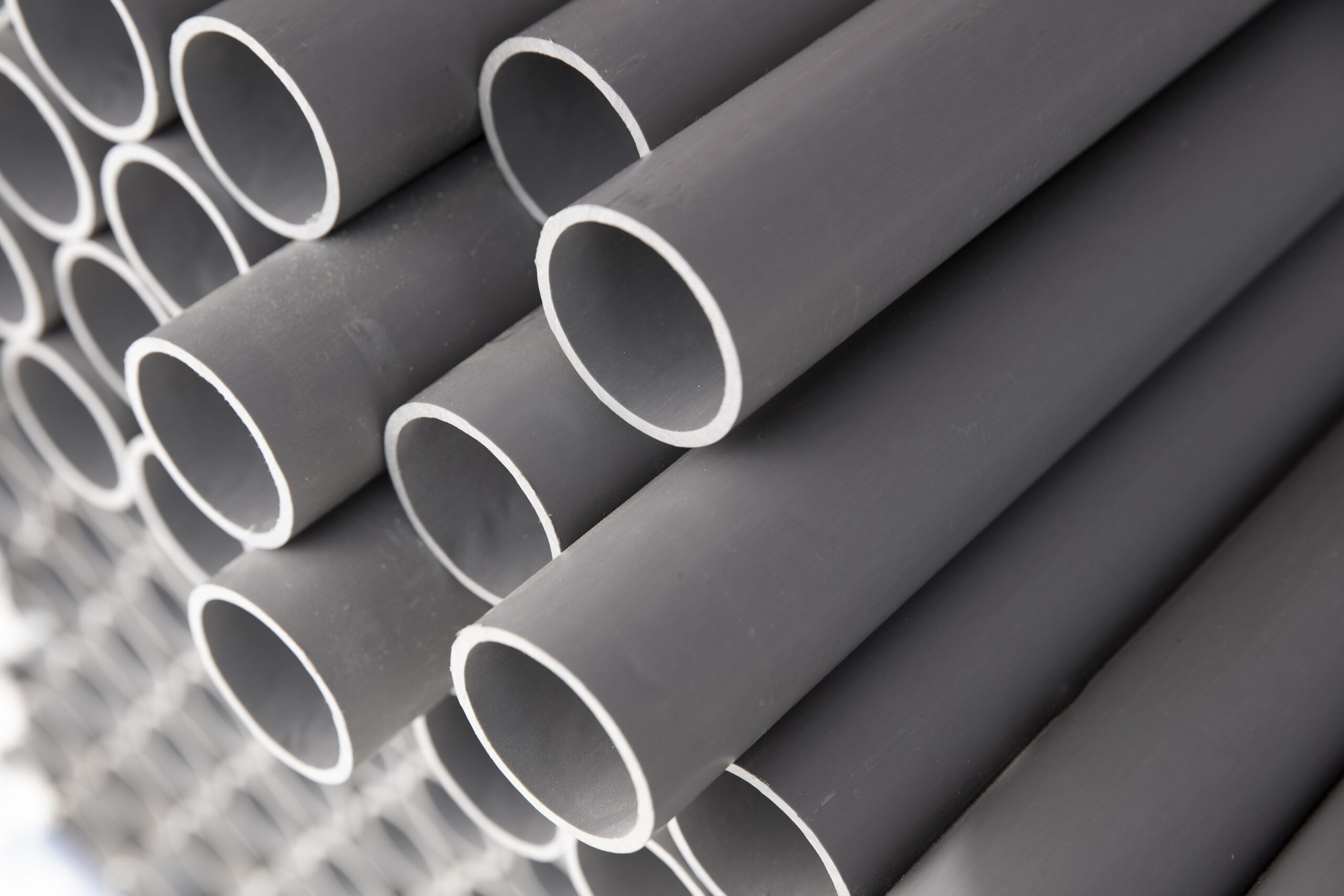When it comes to welding, there are five primary types of weld joints that you should know about: Butt Joint, Tee Joint (T-Joint), Corner Joint, Lap Joint, and Edge Joint.
The world around us is built on strong connections. From towering skyscrapers to sleek automobiles, metal components play a vital role, and these components rely on welding joints for their enduring strength. But with various joint types available, choosing the right one is crucial for a project’s success. This comprehensive guide explores how many basic types of joints are there in welding, their functionalities, and the industries that leverage their unique strengths.
Why Welding Joints Matter
Welding creates a permanent bond between two or more metal pieces, forming a unified structure. Selecting the ideal welding joint type depends on several factors, including:
- Metal Thickness: Different joint designs are better suited for specific metal thicknesses.
- Stress and Load: The joint needs to withstand the forces it will experience during use.
- Desired Aesthetics: Some joints offer a cleaner visual appearance than others.
By understanding these factors and the properties of different joint types, welders and metalworkers can achieve robust and long-lasting results.
Additionally, we suggest reading out “Line Pipes for Pipelines: All About Pipelines”
5 Major Types of Welding Joints and their Uses
The invisible foundation of countless structures and machines lies in the silent language of welding joints. These specialized connections, each with unique strengths and functionalities, hold the key to a project’s success.
Whether it’s the towering strength of a skyscraper or the sleek lines of a modern car, the right welding joint ensures optimal performance and longevity.
Delving into the five major types of welding joints, we’ll explore their characteristics and discover the diverse applications where they reign supreme.
1. Butt Weld Joint
The butt joint stands as the foundation of welding, offering a straightforward and effective approach. It involves joining two metal pieces placed edge-to-edge, creating a seamless connection. This joint excels in situations where the metals have similar thicknesses and require a strong, linear bond.
Applications of Butt Weld Joint
- Shipbuilding: Butt joints are the backbone of ship hulls, ensuring structural integrity that can withstand the relentless challenges of the sea.
- Automotive Industry: From car frames to chassis, butt joints provide the robust connections needed for a vehicle’s safety and performance.
Weld types in the Butt Joint
Here are the types of Butt Weld Joint:
- Single bevel weld
- Double bevel weld
- Flare bevel weld
- Single groove weld
- Flanged butt weld joint
- Double U-groove weld
- Single J-groove weld
- Single V-groove weld
- Flare V-groove weld
- Double V-groove weld
- Single U-groove weld
Further, you can check out “A Guide to Protecting Your Infrastructure with LPS Technology”
2. Lap Weld Joint
The lap joint offers a versatile solution by placing one metal piece partially over another, creating an overlapping area for welding. Thus, this configuration provides enhanced strength and load-bearing capacity compared to a butt joint.
Applications of Lap Weld Joint
- Aerospace Engineering: Lap joints are instrumental in building aircraft wings and fuselages, where they reinforce critical sections to handle the immense stresses of flight.
- Construction: Steel beams and columns in buildings often utilize lap joints to withstand the weight they bear and various environmental factors.
Weld types in the Lap Weld Joint
Here are the types of Lap Weld Joint:
- Bevel Groove Weld
- Flare Bevel Groove Weld
- Fillet Weld
- Spot Weld
- J-Groove Weld
- Seam Weld
- Flange Lap Joint
3. T-Weld Joint
The T-joint, resembling the letter “T,” excels at joining two metal pieces at a 90-degree angle. Thus, this configuration is renowned for its ability to create robust and durable connections, making it a popular choice for various welding applications.
Applications of T-Weld Joint
- Structural Engineering: T-joints are the cornerstones of steel frameworks in buildings and bridges, ensuring stability and resilience against heavy loads.
- Industrial Machinery: From heavy machinery to intricate equipment, T-joints provide the robust connections needed for smooth operation and optimal performance.
Weld types in the T-Weld Joint
Here are the types of T-Weld Joint:
- Fillet Weld
- Flanged T Joint
- J-Groove Weld
- Double Groove Weld
- Single Bevel Groove Weld
- Square Groove Weld
- Single Flare Bevel Groove Weld
- Double Bevel Groove Weld
4. Corner Weld Joint
As the name suggests, corner weld joints involve joining two metal pieces at a right angle to form a corner. Thu, this configuration offers exceptional stability and structural integrity, making it ideal for applications where strength and rigidity are paramount.
Applications of Corner Weld Joint
- Architecture: Corner joints are essential for crafting the steel frameworks of architectural structures, ensuring both the strength to withstand weight and the aesthetic appeal of sharp angles.
- Industrial Fabrication: Metal enclosures, cabinets, and other industrial structures often rely on corner joints for secure and durable connections.
Weld types in the Corner Weld Joint
Here are the types of Corner Weld Joint:
- Flare V-Groove Weld
- J-Groove Weld
- U-Groove Weld
- Square Groove
- Edge Weld
- Bevel Groove Weld
- Flare Bevel Groove
- V-Groove Weld
5. Edge Weld Joint
The edge weld joint involves joining two metal pieces along their edges, creating a flat and seamless connection. Thus, this configuration maximizes strength and durability while maintaining a clean aesthetic.
Applications of Edge Weld Joint
- Manufacturing: Edge joints play a crucial role in fabricating metal components for machinery and equipment, ensuring precise alignment and the structural integrity needed for smooth operation.
- Piping Systems: Leak-proof connections are essential for fluid transportation, and edge joints are a reliable solution for welding metal pipes in plumbing and industrial applications.
Further, read out “Sustainable Solutions for Minimizing Environmental Impact in Pipeline Structure”
Weld types in the Edge Weld Joint
Here are the types of Edge Weld Joint:
- U-Groove Weld
- Bevel Groove Weld
- Edge Flange Weld
- V-Groove Weld
- Flared V-Groove Weld
- Corner Flange Weld
- J-Groove Weld
- Square Groove Weld
Conclusion
Understanding the different types of welding joints empowers professionals in metal fabrication and construction to make informed decisions. Thus, by selecting the appropriate joint configuration and utilizing the right welding techniques, engineers and welders can ensure the success and longevity of their projects.
So, the next time you marvel at a towering skyscraper or admire a sleek automobile, remember the silent heroes – the welding joints that hold it all together.

